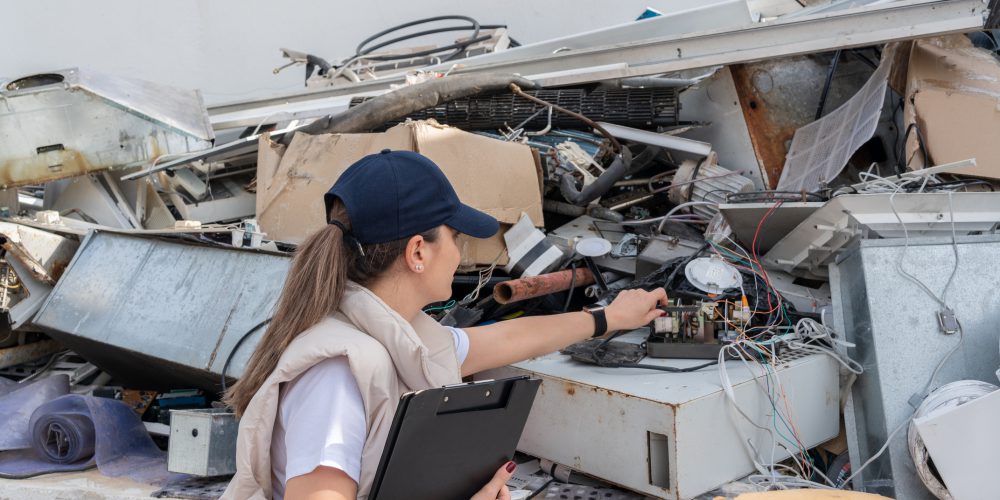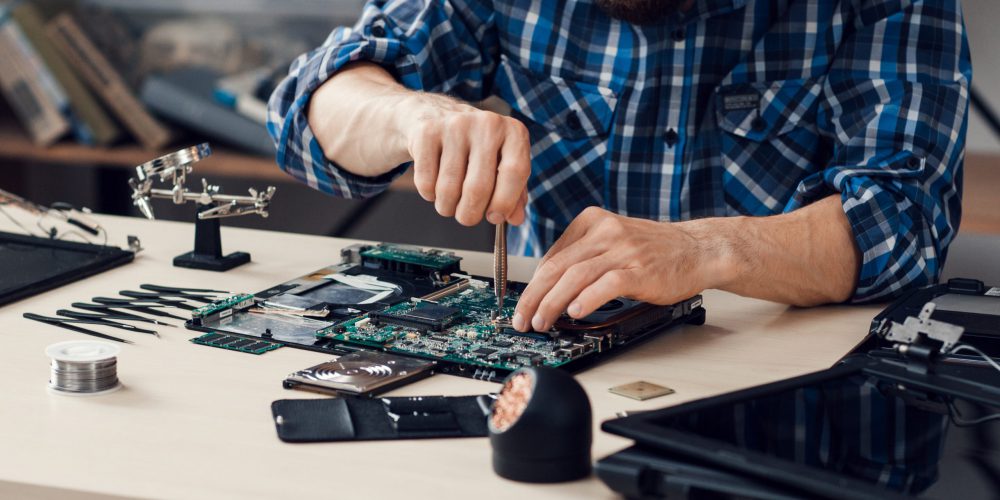Leading the Way in Electronics Recycling
What We Do
At A-TEC Recycling, we specialize in environmentally responsible e-waste management. Our comprehensive recycling processes, including computer and CRT glass recycling, ensure that hazardous materials are kept out of landfills and reused in a sustainable way. Discover how we are making a difference in electronic waste management.
Our Process
At A-TEC Recycling, we follow a comprehensive process to ensure that all electronic waste is handled responsibly:
Benefits of E-Waste Recycling
Recycling e-waste offers significant environmental and economic benefits. By recycling, we can help protect the environment from hazardous materials like lead and mercury, which can leach into soil and water if disposed of improperly. We can also help recover valuable resources such as metals and plastics, reducing the need for new raw materials and conserving natural resources. Furthermore, it reduces landfill waste and greenhouse gas emissions, contributing to a healthier planet for future generations.
Environmental Protection
Prevents harmful substances from contaminating the environment.
Resource Conservation
Recovers valuable materials that can be reused in manufacturing.
Energy Savings
Reduces the energy needed to mine and process new raw materials.
Economic Benefits
Creates jobs in the recycling and refurbishing industries.
Challenges and Solutions
Electronics recycling faces several challenges, including rapid technology changes, low initial costs, and planned obsolescence, which result in a fast-growing surplus of electronic waste. Addressing these challenges requires technical solutions, legislation, and effective recycling practices.
Legislation and Compliance
Stringent regulations, such as the Waste Electrical and Electronic Equipment (WEEE) Directive in the European Union and the National Computer Recycling Act in the United States, are designed to enforce and encourage the sustainable disposal of electronics. These laws ensure that e-waste is managed responsibly.
Collection and Logistics
Effective collection and logistics are crucial for managing electronic waste. A-TEC Recycling provides seamless logistics and collection services to ensure e-waste is handled efficiently and responsibly.
Technical Solutions
While technical solutions are available to recycle electronics, implementing these solutions requires a robust legal framework, collection systems, logistics, and other services. A-TEC Recycling uses advanced technology to recycle electronic waste efficiently.
Community Engagement
Engaging the community is vital to addressing e-waste challenges. A-TEC Recycling educates and involves the community through training programs and recycling drives to promote responsible e-waste disposal.



